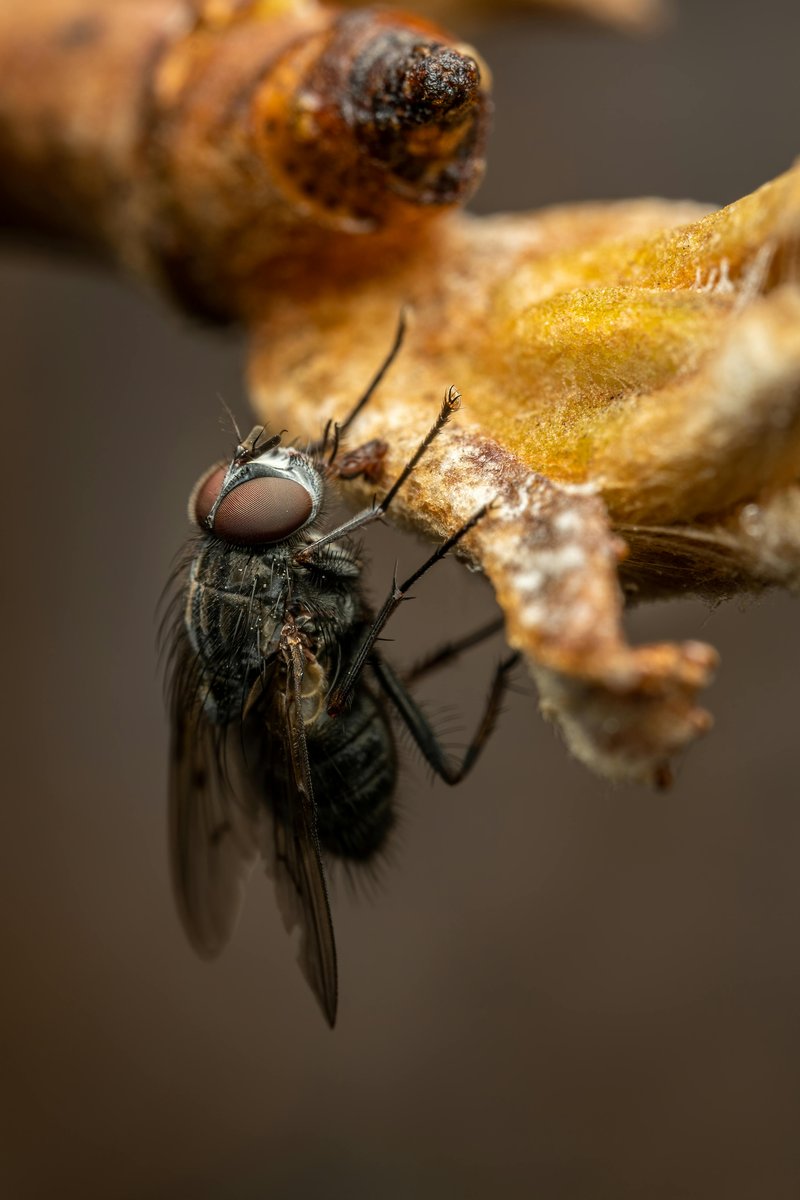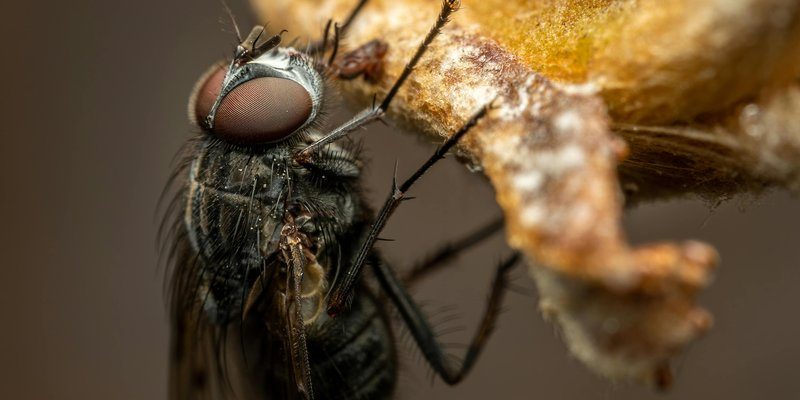
Botflies are fascinating creatures that have mastered the art of survival through their unique relationship with their hosts. They’re not your typical pests; instead, they embody a curious form of parasitism that raises questions about how nature balances life and death. For anyone diving into this topic, understanding botflies can really shed light on the intricate web of ecosystems. Let’s unpack this intriguing coexistence!
What Are Botflies?
Botflies belong to the family Oestridae, and they’re known for their peculiar life cycles. These flies have a few different species, but they all share one thing in common: they lay their eggs inside the skin of mammals. You might be thinking, “That sounds gross!” And you’re right. But in the grand scheme of nature, it serves a purpose.
When a female botfly lays her eggs on a host animal, these eggs usually hatch and turn into larvae that burrow into the animal’s skin. This isn’t just a random act of cruelty; it’s a survival strategy that allows the larvae to feed and grow in a protective environment. Over time, the larvae mature and eventually emerge, continuing the cycle. It’s sort of like having a live-in chef who slowly takes over your kitchen!
How Do Botflies Find Their Hosts?
Botflies have a remarkable method for locating their hosts. They’re not going around like detectives with GPS trackers; instead, they rely on a combination of environmental cues and some clever tactics.
Most botflies are attracted to mammals due to their body heat, carbon dioxide emissions, and even the scent of the host’s skin. Some species have developed unique ways to ensure their eggs land on the right host. For instance, the *Dermatobia hominis*, or human botfly, actually relies on mosquitoes or other flies to transport its eggs. When a mosquito lands on a mammal, the botfly’s eggs can attach to the host’s skin, where they’ll hatch and burrow in. Talk about a crafty plan!
The Life Cycle of Botflies
Understanding the life cycle of botflies gives us insight into their relationship with their hosts. It typically consists of four stages: egg, larva, pupa, and adult fly. Each stage plays a crucial role in the survival of the species.
– **Egg Stage**: After a female botfly lays her eggs, they typically hatch within a few days, depending on environmental conditions.
– **Larval Stage**: Once hatched, the larvae enter the host’s skin and begin to feed. This period can last anywhere from several weeks to months!
– **Pupal Stage**: After maturing, the larvae leave the host to burrow into the ground. Here, they metamorphose into pupae, preparing for adulthood.
– **Adult Stage**: Finally, the adult botfly emerges from the pupa and continues the cycle, seeking out new hosts to perpetuate their existence.
It’s important to note that while the larvae can cause discomfort and health issues for the host, the overall impact of botflies might be less severe than you think. Many animals adapt and survive these infestations without major consequences.
The Impact on Animal Hosts
You might be wondering: “How do these pesky larvae affect their hosts?” The truth is, their presence can lead to various health issues, but it’s not always catastrophic.
For many mammals, the presence of botfly larvae can cause discomfort, irritation, and in some cases, infection. Animals may exhibit signs like scratching, excessive grooming, or changes in behavior. However, most healthy hosts can tolerate a few larvae without serious issues. Over time, the host’s immune system can often manage the infestation.
In some cases, though, botfly infestations may lead to secondary infections or complications. This is particularly true in stressed or weakened animals. Wild creatures, especially, may find it challenging to deal with a heavy botfly load, which could impact their overall health and recovery in the wild.
Are Botflies Dangerous to Humans?
If you’re thinking about how botflies relate to humans, you’re not alone. The idea of having a living creature developing under your skin sounds terrifying! While botflies typically prefer other mammals, like cattle or horses, there are instances where they can affect humans, particularly with the *Dermatobia hominis* species.
When a human is infected, it can lead to a condition known as myiasis, where the larvae live inside the skin, often leading to painful, swollen lesions. While this is serious, the good news is that there are effective treatment options. Most of the time, removing the larvae can be done safely with medical intervention. Antibiotics may also be necessary to prevent or treat any possible infections.
Interestingly, many people who encounter botflies often report that the experience is more uncomfortable than dangerous. Think of it as nature’s way of reminding us about the complexities of wildlife—a lesson in cohabitation, if you will.
Managing Botfly Infestations
If you’re concerned about botflies, whether for your pets or livestock, there are ways to manage and prevent infestations. Here are a few tips to help protect your animals:
- Regular Check-ups: Keep an eye on your animals, especially during warmer months when botflies are most active.
- Proper Grooming: Regular grooming can help spot early signs of infestations and reduce the likelihood of eggs attaching to the skin.
- Limit Exposure: Keeping animals indoors during peak activity times can help minimize the risk of botfly contact.
- Consult a Vet: If you suspect a botfly infestation, consult with a veterinarian promptly for proper diagnosis and treatment.
By being proactive, you can help ensure the safety and well-being of your furry friends, making the coexistence with wildlife a safe and manageable endeavor.
The Bigger Picture: Nature’s Balancing Act
So, why does this all matter? The relationship between botflies and their hosts is a striking example of nature’s balancing act. While it may seem like a straightforward case of parasite versus host, the reality is much more nuanced.
These interactions play critical roles in ecosystems. For instance, botflies can help control the populations of certain animals, which in turn affects the plant life and overall health of the environment. By understanding these dynamics, we can appreciate the intricate web of life surrounding us. Every creature, no matter how small or seemingly bothersome, has a place in the tapestry of nature.
In summary, the coexistence of botflies and their animal hosts is a microcosm of nature’s complex relationships. While they may be viewed as pests, they also remind us of the delicate dance of life that keeps our ecosystems thriving. By fostering a deeper understanding, we can respect and protect the wildlife around us for generations to come.

